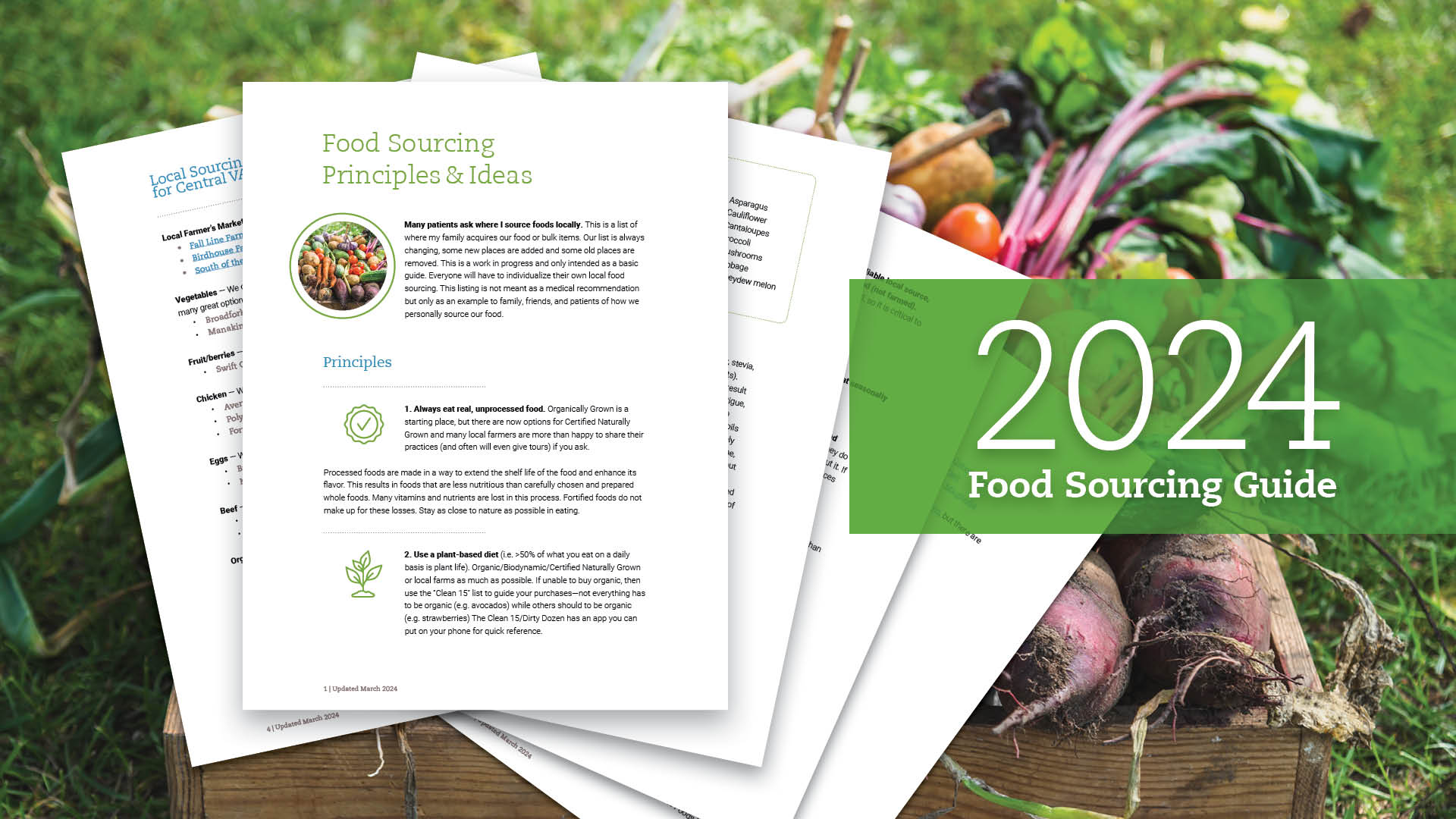From Common Triggers to Painful Gas—A Functional Medicine Doctor Explains Flatulence & Its Causes

Aaron Hartman MD
June 10, 2021

Subscribe
Never miss out on new content from Dr. Hartman.
Some of the articles I’ve put up here on the blog are catered towards specific populations—but not this one! This post on flatulence and excessive gas goes out to every single human being out there, because we’ve all experienced problems with gas a time or two (or three or four or a thousand) in our lives.
Flatulence may be a topic that makes the 10-year-old in all of us giggle, but excessive gas can also be a real pain (quite literally!) and a lot of the time the causes behind it can seem like a mystery.
The truth is, the causes of a lot of gassy problems can be traced back to many root issues that we talk about so much in functional medicine. So, here, I’m answering common burning questions and offering some solutions to help you combat these tummy troubles.
What Are the Most Common Causes Of Flatulence?
Did you know one-third of all gastrointestinal specialist visits are for IBS and gas-related symptoms? That’s a lot! A lot of the time, these symptoms are no joke, but they can be relieved if a patient removes some triggers from their diet.
Common triggers for flatulence include:
- Sources of fiber that don’t sit well with the mix of bacteria in someone’s gut. Things like lentils and legumes—which are supposed to be healthy—in some people can cause lots of gas. Fruits (like apples, oranges, etc), will cause significant gas in others.
- Sugar: Like some sources of fiber, sugars can also cause a bacterial imbalance in the gut and are another big trigger for flatulence. The worst part? Sugar is hidden in everything! Corn syrup, modified corn solids, dextrose and the like are ways that corn-based sugars and others can be hidden in food products.
- Processed grains: processed grains increase the carbohydrate-to-fiber and protein ratios, making them more gas-forming. Ideally, you’d consume foods in their unprocessed, natural state to avoid any GI trouble. For example, typically wheat berries come with protein that exists in the wheat germ as well as the fiber that’s in their little husk. When it’s processed into flour to make something like bread, you lose all that protein and fiber and get only the pure carbs and starchy part of the wheatberry.
- Processed food in general: Processing food is one of the ways we’ve greatly increased gas and gut issues in our population because we’ve removed the natural balance in our food system. Interesting fact, 80% of foods that Americans consume are processed, making this the major reason why many Americans have gut issues.
As a rule of thumb, try to eat whole foods as much as possible. And try to be diligent about checking food labels for hidden sugars and processed grains!
Why Is Gas Sometimes Painful and Is This Normal?
Painful gas, or wind, is tricky. It could simply be due to small intestinal bacterial overgrowth, which is fed by carbs, FODMAPs sugars, etc. It could also be a signal for gallbladder issues or appendix issues. But in general, gas pain is not harmful—it’s just a sign of distension of the bowels and the nerve receptors in the gut picking up that distension and reporting it as pain.
The reason gas pains are very nonspecific is because there are no fine sensory receptors in the GI tract. Unlike the skin, we can not tell exactly where a pain or injury in the gut is, and the sensation is more diffused due to this lack of pinpoint sensory perception.
Is It Harmful to Hold In Gas?
From a medicine perspective, holding gas in is neither good nor bad. The main reason to hold it in is just for politeness, but there’s no positive or negative benefit. Eventually all the gas comes out, either with slow passage from above as burping, or below with passing gas.
My grandmother used to say, ”it’s better to let it out and feel the shame, then keep it in and feel the pain.”
(However, if you’re holding in gas to try to mitigate the amount you are letting out and you experiencing symptoms like bloody stools, changes in bowel movements, excessive bloating, vomiting, chest discomfort and weight loss… it’s probably time to check in with a doctor.)
What Can a Person Who Is Extra Gassy Do to Curb the Toots?
If you’re very gassy, the first thing to do is try to figure out if you have food triggers that are causing bloating and flatulence. Elimination diets are a great way to do this. Based on your gut issue and response to the elimination diets, you can refine your approach when you figure out which foods cause gas for you.
A FODMAP diet specializes in removing the sugars associated with gas formation. Some people have issues with dairy, soy, corn grains—all these are things that can cause gas, so an elimination diet or a modified elimination diet is an amazing place to start. Figuring out triggers by taking things out of your diet and then slowly adding them back takes care of 60 to 70% of all people with excessive gas.
Natural Supplements To Reduce Excessive Gas
A lot of times people experience excessive gas because they either have low stomach acid, low digestive enzymes, slow gut transit or an overgrowth of bacteria—and there are supplements for each one of these issues.
- Low stomach acid can be treated with things like apple cider vinegar or supplements with betaine and pepsin.
- Transit time can be improved with herb combinations iberogast or Swedish bitters, and the single supplement of peppermint oil can help with transit and has also been shown as an effective treatment for IBS.
- The bacteria in the gut can be addressed many ways, including probiotics. Visbiome is one of the best studied probiotics on the market that actually has FDA approval to treat irritable bowel syndrome as well as inflammatory bowel syndrome.
- Treat bacterial overgrowth with antimicrobial or bacteria fighting herbs. These include things like garlic, berberine, oregano and walnut hull extracts.
Eat Smaller Meals to Keep Gas at Bay
Another way to avoid excessive gas? Don’t overeat. There’s a Japanese saying that goes, “Hara hachi bun me.” This means “Eat until you’re 80% full.” Digestion is a slower process that takes time to give feedback to the brain. If you eat until you feel full, 20 minutes you feel fuller and stuffed. This slows the digestion process and leads to gassiness. The Japanese figured this out a long time ago. So use some Japanese wisdom and only eat until 80% Full.
Walking is a great way to help with digestion. A gentle, easy walk after a nice relaxing meal helps move things around. Think about how a dog runs around before they go to the bathroom. Movement of the body helps improve bowel movement and digestion and reduce flatulence.
Enjoying Your Meals as an Antidote to Flatulence
Finally to finish up our article on flatulence, make sure you make eating a relaxing and enjoyable experience. Twenty-five percent of all digestive enzymes are released by just seeing and smelling your food. Being rushed, eating while standing and swallowing too quickly all impact the amount of these needed enzymes. After sitting down to eat, take a deep breath, relax, and experience the senses of the meal. Be thankful or give thanks. Remember that the amount of digestive enzymes released will increase dramatically just by taking this moment. The way you eat your food and what you do after you’re done eating is in many ways just as important as what you’re eating.
Don’t forget to follow me on Facebook and Instagram for more natural tips and information that you can use at home!
Since 2010, Richmond Integrative and Functional Medicine has been helping people to restore their health and hope with an integrative approach to conventional and alternative medicine that’s entirely science-backed. We at RIFM believe everyone is made for health. We offer a comprehensive, in-person patient membership program to ensure you get access to the care you need to thrive.

